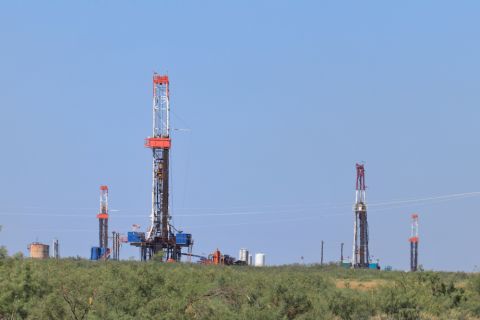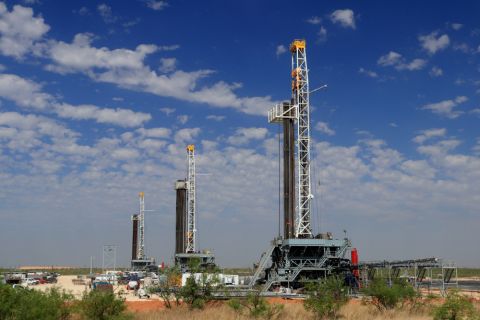In the face of those who thought the E&P sector couldn't grow any more, it did in 2005. Robust commodity prices, strong investor interest and increasing consumer energy needs all kept the oil and gas business in full swing, which prompted several new start-ups and service expansions last year. "Although people want to make the oil business complex, it is really pretty simple," says Vic Hughes, chief executive of The Woodlands, Texas-based producer Deep Bossier Energy. "It comes down to land, brains and money, [though] not in that order." Hughes says the availability of money in 2005 sparked many of the new start-ups, and he expects even more capital to flood the market in 2006. "Even though there is a lot more money around, the industry is more disciplined than during the last boom-in the early 1980s. The late 1980s beat the crazy speculation out of most of us." Glynn Roberts, president of Houston-based producer Northstar Interests Inc., says, "Lots of capital will always encourage start-ups and perhaps more than any other factor. The reality is that entrepreneurs are much more willing to quit good jobs if they can depend on access to outside capital, something more than their personal savings... "We hired a young engineer recently from a large company and had to pay a signing bonus in addition to a six-figure salary. I believe the availability of capital is much more important to a start-up than high energy prices." Though M&A activity was fast and furious in 2005, starting new ventures continues to capture the interest of investors and E&P executives. Some financiers say this is partly because of how the market continued to reward the oil and gas business through high commodity prices. Jeffrey Harris, a senior managing director with New York-based private-capital provider Warburg Pincus, says, "The large number of E&P start-ups in 2005 reflects the robust hydrocarbon pricing environment-which has enhanced the profitability of the business in the short term-and the relatively large amount of capital available for start-ups that is trying to capture that profitability." An attractive IPO market for the oil and gas sector also bolstered start-up activity last year, Harris adds. The profitability of the oil and gas sector stayed strong in 2005, in spite of rising service and supply costs. Analysts at Houston-based investment bank Simmons & Co. International attribute this to the way rising commodity prices and unhedged revenues eased the pressure of rising cost structures. Since 2001, about 75% of E&P revenue growth was the result of commodity pricing and net realizations while production accounted for only 25%, the analysts report. Harris says, "The 2005 start-ups also reflect the abundance of management teams that have had prior success and were employed by acquired companies, and the availability of exit paths for management and investors due to the acquisition appetite of the larger E&P companies." Hughes adds, "The chairmen of big oil companies can keep their jobs forever, even after death, as long as they protect the balance sheet and replace reserves. If they do that every year, 100 years from now there will still be an ExxonMobil." Expected trends in 2006 include more E&P start-ups, as long as commodity prices can keep them afloat. Observers say several of the future start-ups will be initiated by employees from companies that were sold in 2005 or will be in 2006, such as Vintage Petroleum Corp. The projects that will draw the larger capital investments in 2006 are ones that have strong reserve potential, which increasingly in the U.S. are unconventional oil and gas, or the "equivalent of land," Hughes says.
Recommended Reading
E&P Highlights: May 13, 2024
2024-05-13 - Here’s a roundup of the latest E&P headlines, with a couple fields coming online, as well as new contract awards.
New Permian Math: Vital Energy and 42 Horseshoe Wells
2024-05-10 - Vital Energy anticipates making 42 double-long, horseshoe-shaped wells where straight lines would have made 84 wells. The estimated savings: $140 million.
SM Energy Targets Prolific Dean in New Northern Midland Play
2024-05-09 - KeyBanc Capital Markets reports SM Energy’s wells “measure up well to anything being drilled in the Midland Basin by anybody today.”
Vår Selling Norne Assets to DNO
2024-05-08 - In exchange for Vår’s producing assets in the Norwegian Sea, DNO is paying $51 million and transferring to Vår its 22.6% interest in the Ringhorne East unit in the North Sea.
Crescent Energy: Bigger Uinta Frac Now Making 60% More Boe
2024-05-10 - Crescent Energy also reported companywide growth in D&C speeds, while well costs have declined 10%.





